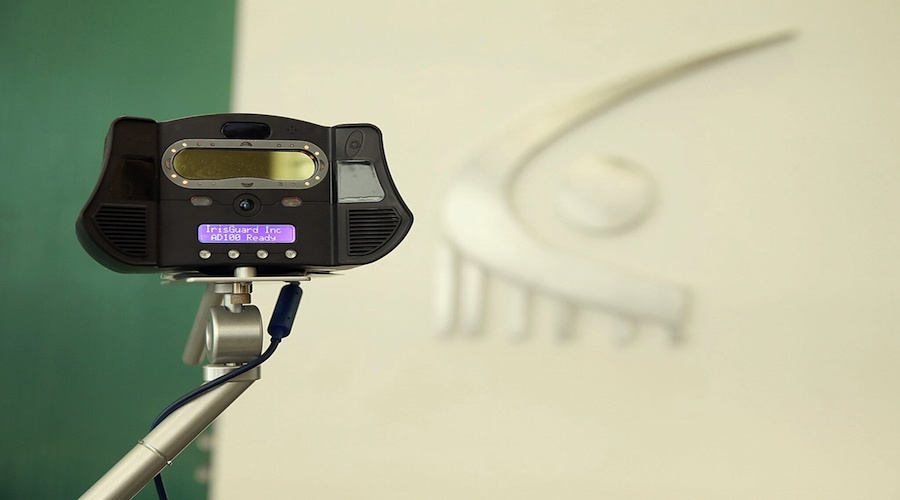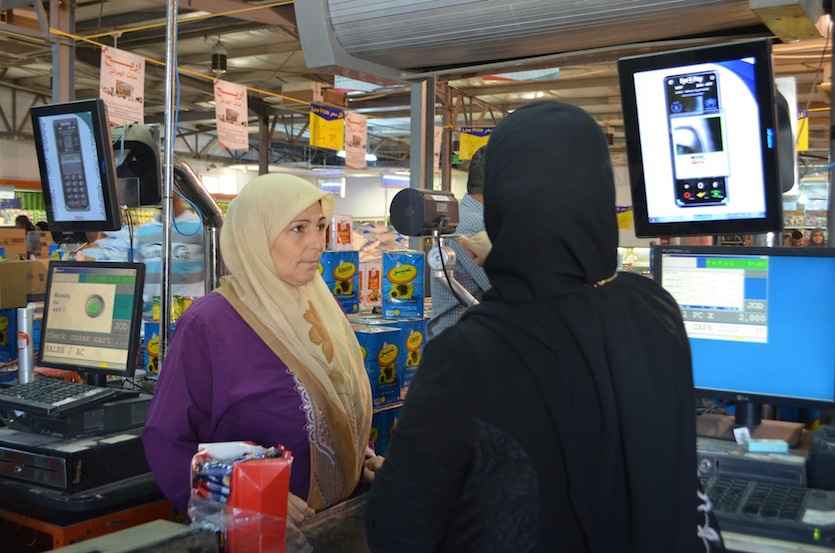What I know about iris recognition: Imad Malhas

It all started with the Hajj.
Imad Malhas took it as a personal challenge to solve a problem unique to Saudi Arabia: during the annual event thousands of people enter the kingdom as pilgrims but some never leave, staying on as illegal immigrants.
Malhas believed the flow of migrants in and out of a country was crucial for national security, and passports were no longer sufficient as they could be forged or replicated.
Biometrics seemed to be a more secure solution. In the late 1990s, Malhas started testing face recognition technology and then fingerprinting technology, until he settled for the iris scan as the most accurate and efficient biometric model.
Soon after, he founded Iris Guard, offering iris-scanning technologies with different industrial applications.
Although the company ended up not setting foot in KSA as planned, it offered security measures and deportation tracking systems to UAE’s prisons and national borders. They scanned 42 million irises and found 650,000 people who'd entered the country illegally.
In addition to security applications, Malhas has been working on banking and payment solutions as well as with humanitarian organizations that have turned to biometrics as a more reliable method to distributing aid.

Face and voice recognition are insufficient. The human face does not contain enough distinct information that can be used to tell people apart, leaving too much room for flaws in identification. Similarly, voice recognition is a poor identifier, as voice depends on age, sickness and microphones.
Fingerprints don’t tell the truth. It is a misconception that one finger is sufficient to identify a person. Rather, ten fingers have to be scanned, which is often a lengthy procedure. Even then, 20 percent of the world’s population has their fingerprints worn out due to either old age or exposure to rough environments. In addition, contagious diseases can be transmitted by touch, especially in public spaces such as airports or banks.
There are no two identical irises. Iris recognition is faster, more accurate, and does not require physical contact. Iris formation is also independent of DNA, which means that identical twins or even clones wouldn’t have the same iris.
Aid organizations are replacing payment cards with iris scanners. Usually beneficiaries from cash assistance programs receive their aid either in cash, requiring a lot of logistic organization on behalf of both the donor and the recipient, or through PIN cards that can be used at ATMs. But cards can be sold or stolen, and PINs can be forgotten. More recently, organizations are valuing the ease of biometric verification instead. Implementing partners include the UN Refugee Agency and the World Food Program. Jordan’s National Aid Fund will soon use Iris Guard technology.
Sharing data is strictly prohibited. Because the eyes cannot possibly be changed if the system is hacked, securing them is very important. This is why Iris Guard uses iris permutation, meaning an iris scan is meaningless outside the context in which it was registered, and therefore different versions that include the context are created. For example if a person has his eyes scanned in two separate sites like a bank and a gym, each would have a different reading and the results would not match. The system is secure from all different fronts; even Iris Guard does not have access to the databases.
Feature image via Iris Guard.


